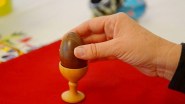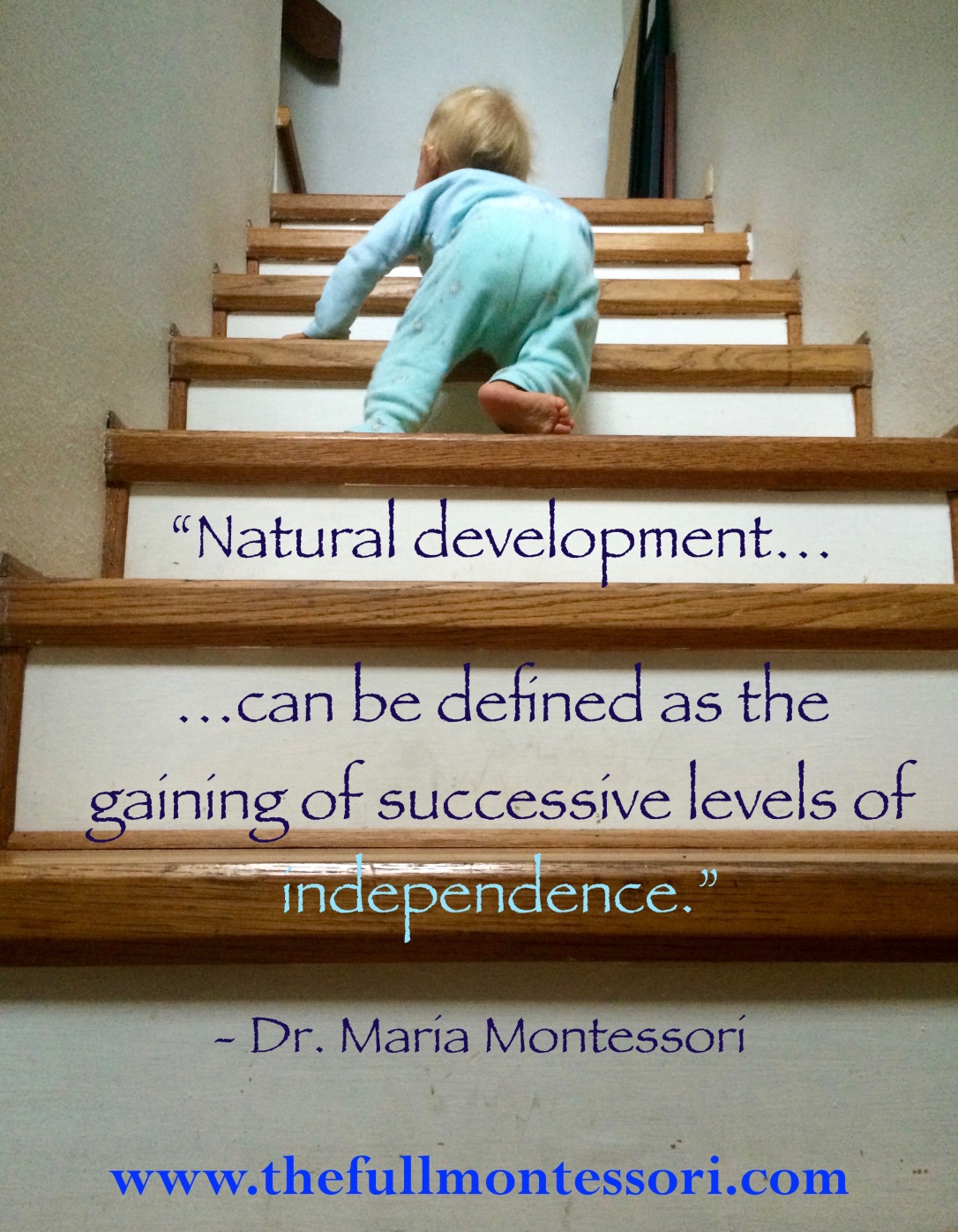When I decided that screen time would no longer be a part of my 4-year-old’s life, I knew I would have to deal with screen detox. The first day of Spring Break was also the first day of the “No More Screens” rule. Almost immediately after waking up, Zach asked to watch videos. I said no and reminded him of the new rule. He got very angry and cried. I acknowledged his feelings and stood my ground firmly and with love. When he calmed down, we had breakfast and played trains while the baby napped.
When his play was winding down, he again asked for videos. I said no. He cried but seemed less frustrated. We had lunch and read some books while the baby again napped. Later that afternoon, he asked for videos again. I said no. He didn’t cry. At that point, I knew he was ready to listen.
I said, “You know that inside your head you have something called your brain, and that’s what you use to think, learn, and solve problems. When you watch v ideos, your brain is like this…” I made quick panting noises while shaking my head manically from side to side. He smiled.
ideos, your brain is like this…” I made quick panting noises while shaking my head manically from side to side. He smiled.
I continued, “When we turn off the videos, your brain is still going like this…” I again made the manic gestures, and he laughed. “The problem is that the rest of the world doesn’t move as quickly as the videos, so your brain makes you feel angry because it wants things to move quickly again. You have a wonderful brain; it’s a brain that can learn a lot and can solve problems. My job is to help you keep your brain healthy and calm so that it can think and make good decisions. And that’s why I decided that you can’t watch videos anymore.” He thought about what I said but didn’t have any questions.
The rest of our Spring Break week passed without a single request for videos, and with lots of wonderful work and play. I had my gentle, sweet, and mostly cooperative son back.
Today was the first day of school, and I knew he’d ask to watch videos because screen time had been a part of his after-school routine. He came through the door after school and videos were the first thing on his mind. I said no. He asked why. I repeated my “manic brain” explanation and offered an audiobook and a trip to the park as alternatives. He happily accepted, and we had a fun afternoon.
During dinner, my husband asked Zach if he’d felt excited today about seeing his friends again after the break. Zach said, “When I saw my friends this morning, my brain felt like when I watched videos.” And that’s when I knew he understood. Metacognition at four years of age. Never underestimate a child.
Enjoy? Then please share!
 In an earlier article we discussed the basics of using the Three-Period Lesson to introduce vocabulary. Did you try it with your child? How did it go?
In an earlier article we discussed the basics of using the Three-Period Lesson to introduce vocabulary. Did you try it with your child? How did it go?

 Most commercial toys try to cram a lot of “bang for their buck”. Imagine, with just one toy, your child will be able to learn colors, numbers and shapes! She’ll practice sorting and stacking while listening to classical music, and each time she does it right, the toy will light up and shout out “Good job!”
Most commercial toys try to cram a lot of “bang for their buck”. Imagine, with just one toy, your child will be able to learn colors, numbers and shapes! She’ll practice sorting and stacking while listening to classical music, and each time she does it right, the toy will light up and shout out “Good job!” Last week we talked about preparing our home to help our children be successful. This week, let’s focus on Montessori materials. How hard is it to make them? What should you keep in mind?
Last week we talked about preparing our home to help our children be successful. This week, let’s focus on Montessori materials. How hard is it to make them? What should you keep in mind? Many parents like to help feed or dress their children, even when the children become capable of doing it on their own, because they feel it’s a way of showing love. While parents who follow the Montessori philosophy understand that it’s important to support their child’s budding independence, they sometimes don’t know how to channel their affection in a way that’s helpful to their child’s development!
Many parents like to help feed or dress their children, even when the children become capable of doing it on their own, because they feel it’s a way of showing love. While parents who follow the Montessori philosophy understand that it’s important to support their child’s budding independence, they sometimes don’t know how to channel their affection in a way that’s helpful to their child’s development! Table manners… Healthy eating habits… Self-control. We all want our children to develop these abilities, but it’s hard for parents to know how and when to start! Did you know that children have the potential to develop these qualities from the time they start showing interest in solid food?
Table manners… Healthy eating habits… Self-control. We all want our children to develop these abilities, but it’s hard for parents to know how and when to start! Did you know that children have the potential to develop these qualities from the time they start showing interest in solid food?
 ideos, your brain is like this…” I made quick panting noises while shaking my head manically from side to side. He smiled.
ideos, your brain is like this…” I made quick panting noises while shaking my head manically from side to side. He smiled. Thirty thousand. 30,000! That’s the number of words scientists say you should be speaking to your child daily to increase his chances of academic success. Most parents reach and exceed this magic number, but how do you know if your child is really benefiting from your efforts? Do you feel you might be choosing the wrong words or confusing your child by rambling?
Thirty thousand. 30,000! That’s the number of words scientists say you should be speaking to your child daily to increase his chances of academic success. Most parents reach and exceed this magic number, but how do you know if your child is really benefiting from your efforts? Do you feel you might be choosing the wrong words or confusing your child by rambling?